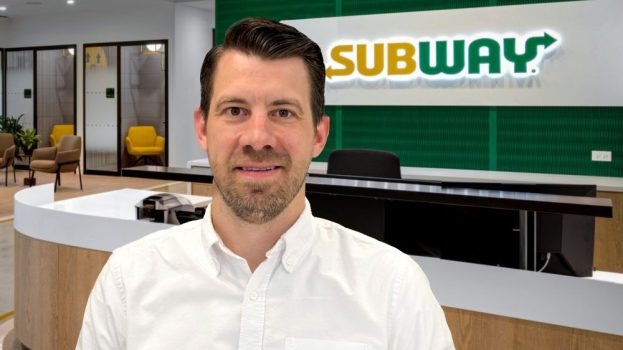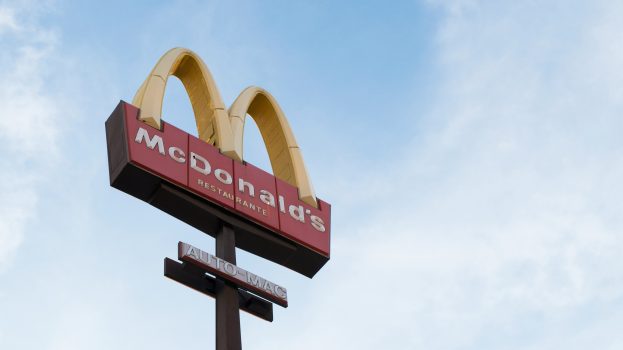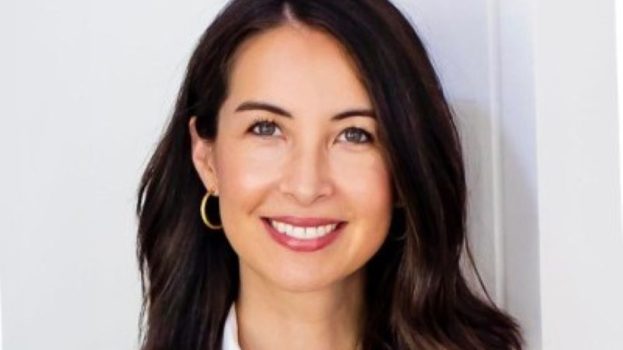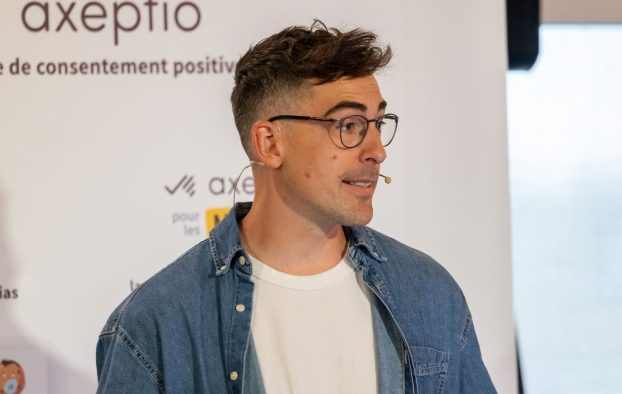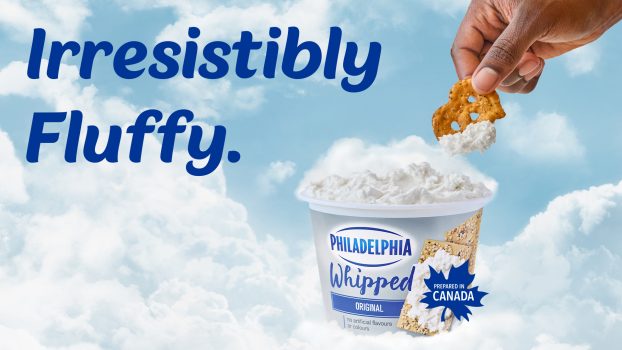This interview is part of a series for Strategy C-Suite, a weekly email briefing on how Canada’s brand leaders are responding to market challenges and acting on new opportunities. Sign-up for the newsletter here to receive the latest stories directly to your inbox every Tuesday.
The COVID-19 pandemic may have forced the world’s largest advertiser to reroute, says Geraldine Huse, a P&G veteran of 34 years who became the company’s regional president in May. But its new direction and actions, she says, all fall within the CPG co’s framework of already-existing priorities.
Huse says despite the disruptions of a crisis that reshaped the consumer landscape in myriad ways – perhaps permanently – P&G remains focused on driving “superiority in product, packaging, communication, value and retail execution; to drive diversity, equality and inclusion in our company, but also externally; and to be a force for good in Canada.”
It’s an ambitious plan that calls for an increased investment in marketing – even as demand soared across many of its product categories in the early stages of COVID-19, and even now as new, long-term habits emerge.
With brands as large and ubiquitous as Always, Gain, Tide, Gillette and Pampers, it’s no surprise that COVID-19’s long shadow has impacted the company. The last several months have seen consumers give up quotidian rituals (shaving), while taking up others (obsessive cleaning and personal hygiene).
On the whole, this has further fuelled P&G’s momentum.
For the 2020 fiscal year ending June 30, it reported $71 billion in net sales, up from $67.7 billion in 2019. With organic growth hitting nine of 10 product categories, organic sales grew 6% for the year, with home care and personal health care growing in the “teens” and family care growing in the double digits. Ecommerce organic sales grew 40% and now accounts for 10% of the company’s total sales.
Huse tells strategy that while P&G is forging ahead on finding efficiencies in advertising, building on cost-cutting measures implemented over the last several years, the company is willing to boost spend where and when necessary to continue building strong, trusted brands.
In fact, it already has.
Last July, in its biggest structuring in more than 20 years, P&G streamlined its ten product categories into six business units. How has that impacted your ability to respond to the pandemic?
The reorganization has hugely helped us, because it’s enabled us to have that real line of sight on what a particular category needs in Canada. Some categories, such as home care – so cleaning products – have exploded. Consumer demand is much bigger than it was pre-COVID, as people clean their homes even more. Because we have a total line of sight through the category down to the individual customers in Canada and to the consumers, we’ve been able to track the consumer habit change. We’ve been able to react much more quickly and much more specifically to consumer needs.
We’re currently investing hundreds of millions of dollars in increased capacity, because that extra demand is staying. People want to keep their homes clean and hygienic, and they expect the habit changes that have come with COVID to stay. That increased demand is looking like it’s going to continue.
In April, Jon Moeller, P&G’s vice chairman, COO and CFO, said the company would be “doubling down” on investing in its brands. Why was that the right course of action, and will that strategy remain during this next phase of the pandemic?
The short answer is yes. It’s the priority right now, because people need our essential products even more than before. We need to build our brands into trusted brands, because people want to spend on something they trust. They don’t want to take any risks. They want to buy into strong brands that they trust and that they know.
The way we communicate is very important. The reality is that people don’t like adverts; people find them boring. So we need to rethink the content of the adverts and the communications, such that they’re interesting, informative, and – ideally – entertaining. So we’re doubling down on [finding] the right message so consumers understand what the brand can do for them, in a way that’s interesting, but also in a way that’s targeted to them. The worst thing is if people see an advert numerous times, [especially if it’s] irrelevant to them. What we’re looking to do is understand how we can target our advertising with precision.
There’s a lot of work to do in the industry on this. We need to drive transparency in cross-screen measurement, so that we understand what our consumers are seeing and where they’re seeing it and how often they’re seeing it. We want to find a way to transparently measure where our consumers see advertising so that we can tailor it, so they see [only relevant ads] at the right frequency. We’re working with the ACA, other advertisers, broadcasters and media partners to see how we can create cross-screen measurement for Canada. We don’t have that at the moment, which is why we [tend to still] over-bombard consumers and waste a lot of advertising.
P&G has successfully cut its ad spend while reporting strong results over the last several years. However, in fiscal 2020, the company spent $7.3 billion on advertising globally – more than any year since 2014. Does that signal a shift in strategy?
What we’re striving to do is have effective communication. We do that by having the right content delivered in the right way. Which is why I talked about cross-screen measurement. If we can find a way to effectively reach our consumers with the right message at the right time, then we’ll invest more, because it works and eliminates waste.
That doesn’t mean we necessarily reduce spend. If it’s effective, we’re happy to invest. We want to dial up transparency and measurement in media, so we can really see what’s working. And then we invest in what’s working.
What do you expect the next year to look like?
We’re talking to consumers [frequently to understand] how it’s impacting our categories. What we’re finding is there’s increased interest in cleaning homes and personal hygiene, which is a lot of the areas we play in. People are prioritizing spend on our categories. We’re seeing many of our brands grow to an accelerated pace because of that interest.
We’re also seeing that in some categories that aren’t necessarily directly related to COVID, with people spending on things like Olay Retinol, a new form of Olay we just launched. [It’s like they are] giving themselves a small treat, when they’re not having some of the other treats that might have happened pre-COVID.
We’re also seeing more involvement in understanding what the products can give them. For example, in oral care, we’ve launched a [new] power toothbrush that doesn’t just clean the teeth, but also helps gum health, which drives overall health. We can see people are interested in this as an added benefit, and are willing to invest in the product.
We’re seeing lots of positives as we look forward, as we [aim to] give consumers what they need. [We need to give] them that superiority they’re looking for in product, packaging, communication, value — we need to cover all the elements, and that’s what we’re striving to do.
The interview has been edited for length and clarity.



